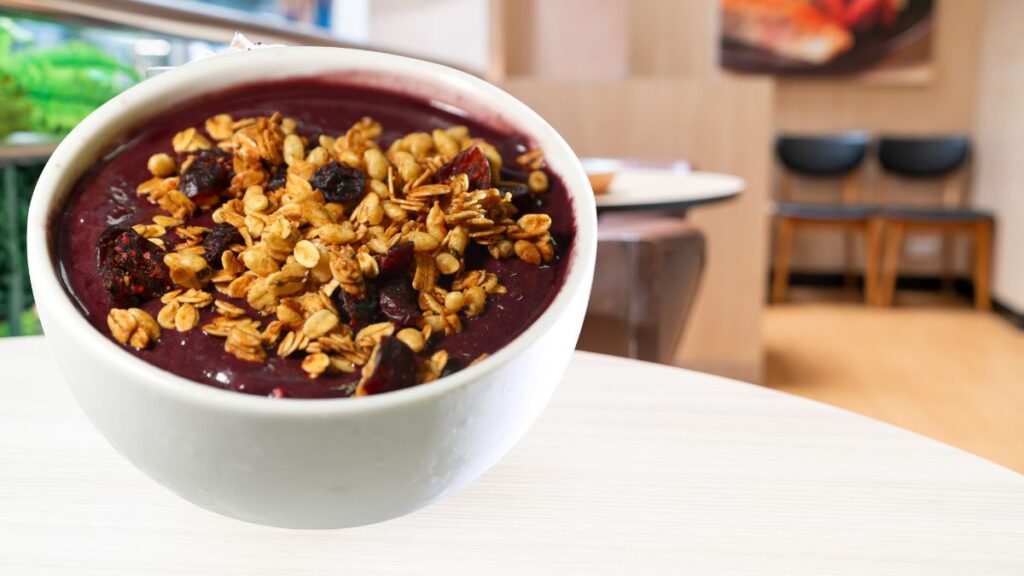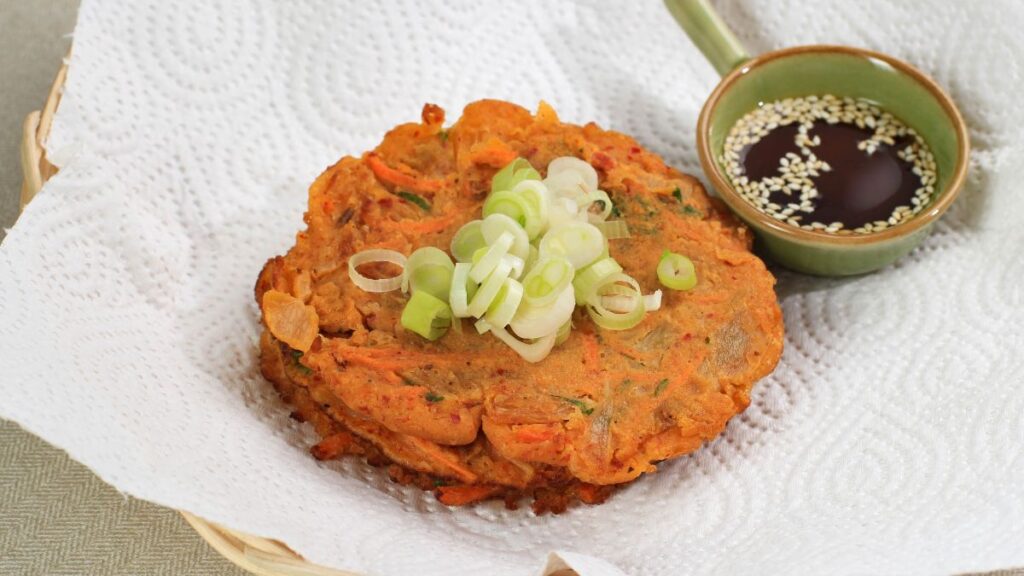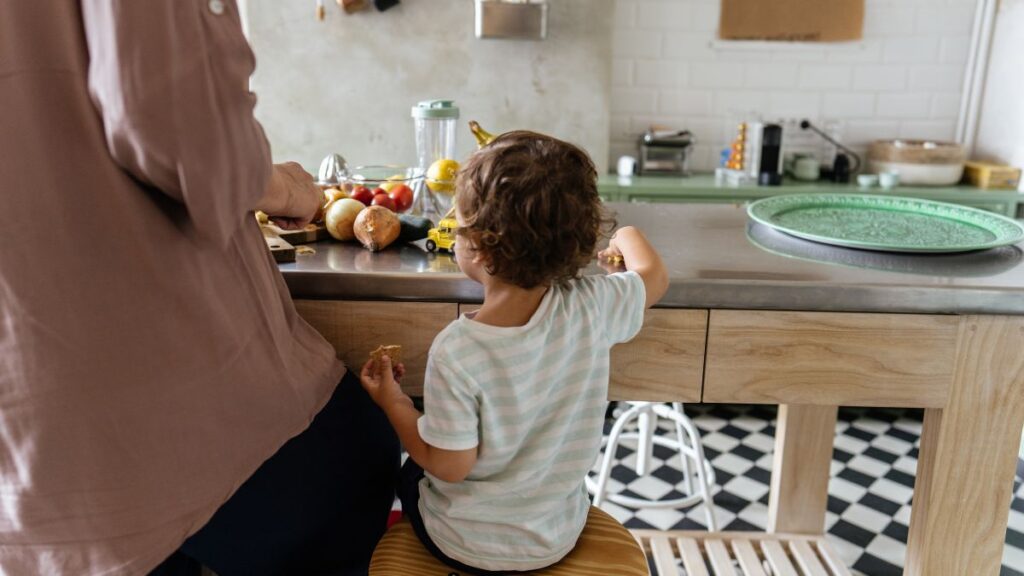Forget boring beige walls!, your kitchen is a canvas, and your trusty blender is the brush that splashes vibrant cultural flavors onto every plate. Blending isn’t just about whipping up smoothies, it’s about culinary anthropology, a delightful dance between tradition and innovation, where borders melt on your tongue and family stories swirl into every sip.
Think of your blender as a time machine:

- Spice-laden Moroccan Harira: Whirl chickpeas, lentils, and vibrant spices like cumin, coriander, and turmeric for a hearty stew that whispers tales of Berber nomads and bustling souks.
- Brazilian Acai Bowls: Blend antioxidant-rich acai berries with frozen bananas, guarana, and granola for a taste of Amazonian energy, a vibrant tribute to indigenous superfoods.
- Japanese Miso Soup: Pulse silken tofu, seaweed, and miso paste for a soothing broth, a testament to centuries of Zen Buddhist vegetarian cooking.
But blending isn’t just about replicating, it’s about reimagining:

- Fusion Fajitas: Blend chipotle peppers, mango, and pineapple for a smoky-sweet salsa that dances on your Tex-Mex tacos, a testament to culinary cross-pollination.
- Korean Kimchi Pancakes: Pulse kimchi, rice flour, and scallions for savory fritters that burst with fermented funk, a modern twist on an ancient Korean staple.
- Indian Coconut Curry: Blend creamy coconut milk with ginger, turmeric, and your favorite protein for a fragrant curry that whispers of tropical Kerala and bustling Mumbai street food.
Every whirl of the blades whispers a story:

- Grandmother’s secret smoothie recipe: A blend of spinach, banana, and berries passed down through generations, a tangible link to family history.
- The post-workout protein shake: A blend of whey, berries, and leafy greens, a testament to our modern obsession with health and wellness.
- The midnight milkshake experiment: A chaotic blend of ice cream, cookies, and peanut butter, a celebration of culinary creativity and pure indulgence.
So, fire up your blender, intrepid culinary explorer! Each swirl, each pulse, is a chance to connect with cultures near and far, to weave your own culinary tapestry, and to discover that the most delicious stories are often the ones we blend ourselves.
Beyond the Borders: Blending Traditions for a Global Feast
The whirring blades of your blender aren’t just pulverizing ingredients, they’re pulverizing borders! Forget the tired limitations of “authentic” cuisine – in this globalized kitchen, blending traditions is the new culinary frontier. We’re not just adding a dash of Sriracha to our pasta, we’re rewriting the recipe book with every pulse.
Think of it as culinary alchemy:
- Thai Curry Hummus: Blend chickpeas with Thai red curry paste, coconut milk, and lime for a dip that fuses Middle Eastern comfort food with Southeast Asian spice, a testament to the vibrant tapestry of diaspora communities.
- Ethiopian Spiced Popcorn: Pulse popcorn kernels with Ethiopian berbere spice blend (a fiery mix of chilies, ginger, and herbs) for a snack that explodes with flavor, a playful fusion of American movie nights and ancient African traditions.
- Mexican Mole Smoothie: Blend avocado, spinach, dates, and Mexican mole paste (a complex blend of chilies, nuts, and chocolate) for a surprisingly delicious and nutritious drink, a modern twist on Aztec superfood wisdom.
But blending can be more than just a culinary adventure – it’s a powerful tool for:
- Breaking down stereotypes: Blending Italian pesto with Vietnamese spring rolls challenges our ingrained notions of what defines a cuisine, fostering understanding and appreciation for cultural diversity.
- Reclaiming culinary heritage: For diasporic communities, blending traditional flavors with local ingredients can be a way to reconnect with their roots and create new culinary identities.
- Promoting sustainability: Blending “ugly” fruits and vegetables into delicious smoothies and soups reduces food waste and celebrates the imperfect beauty of nature.
So, ditch the culinary purist playbook and embrace the blender’s transformative power! Every swirl, every pulse, is a chance to:
- Challenge your palate: Dare to experiment with unexpected flavor combinations, like lavender in your morning oatmeal or smoked paprika in your chocolate mousse.
- Connect with your community: Host a “blending potluck” where everyone brings a dish that reflects their heritage, creating a vibrant tapestry of shared flavors.
- Become a culinary storyteller: Document your blending adventures on social media, inspiring others to embrace the joy of cross-cultural cooking.
Remember, the only limit in your kitchen is your imagination. So, grab your trusty blender, crank up the music, and let the global flavors dance on your tongue! The world is your pantry, and your blender is the passport to a culinary adventure like no other.
Bonus tips for continued engagement:
- Share specific blending recipes: provide readers with easy-to-follow instructions for unique fusion dishes.
- Highlight local ingredients: encourage readers to experiment with seasonal and regional produce in their blending creations.
- Feature inspiring stories: interview chefs or food bloggers who champion cultural blending in their kitchens.
- Turn your article into a series: explore specific themes like “Spicy Blends Around the World” or “Blending for Sustainability.”
By continually adding fresh content and engaging with your readers, you can keep the blender’s cultural conversation whirling in your kitchen and beyond!
Frequently Asked Questions: The Blender’s Culinary Anthropology
Q: What is culinary anthropology?
A: Culinary anthropology explores the relationship between food, culture, and identity. It dives deeper than just recipes, examining how cultural traditions, beliefs, and practices influence what we eat and how we prepare it.
Q: How can I blend culinary traditions with my blender?
A: Your blender is a passport to global flavors! Experiment with these ideas:
- Fusion dips: Blend hummus with Thai red curry paste for a spicy twist, or try Ethiopian berbere spice in your next batch of guacamole.
- Global smoothies: Pulse spinach with Japanese matcha powder for an energy boost, or blend Korean kimchi with avocado for a probiotic punch.
- Unexpected twists on classics: Swirl chipotle peppers and pineapple into your Tex-Mex salsa, or add Indian coconut milk to your tomato soup for a creamy twist.
Q: Is blending food cultural appropriation?
A: Appreciation and respect are key! When blending traditions, avoid mimicking or profiting from specific cultural dishes without understanding their context. Focus on learning, honoring, and creating new culinary expressions.
Q: What are some beginner-friendly blended recipes?
A: Start with simple swaps! Try adding a dash of Sriracha to your pasta sauce, or blend your favorite curry paste with yogurt for a refreshing dip. Explore online resources for beginner-friendly fusion recipes tailored to your blender.
Q: How can I incorporate sustainability into my blended dishes?
A: Blending is a great way to reduce food waste! Pulse “ugly” fruits and vegetables into smoothies and soups, or use leftover cooked grains to make pancake batter. Embrace seasonal and local ingredients for a sustainable and delicious approach.
Q: What are some resources for learning more about cultural cuisine?
A: Dive into cookbooks by chefs from diverse backgrounds, explore online food blogs, and attend local cultural events with food demonstrations. Remember, conversation and respectful engagement are essential for learning and appreciating different culinary traditions.
Q: Where can I find blender-friendly recipes for specific cultures?
A: Utilize online search engines with specific keywords like “Thai blender recipes” or “Ethiopian blended snacks.” Many websites and blogs offer curated collections of dishes perfectly suited for your culinary adventures.


1 thought on “The Blender’s Culinary Anthropology: Exploring the Cultural Significance of Blending Traditions”
Comments are closed.